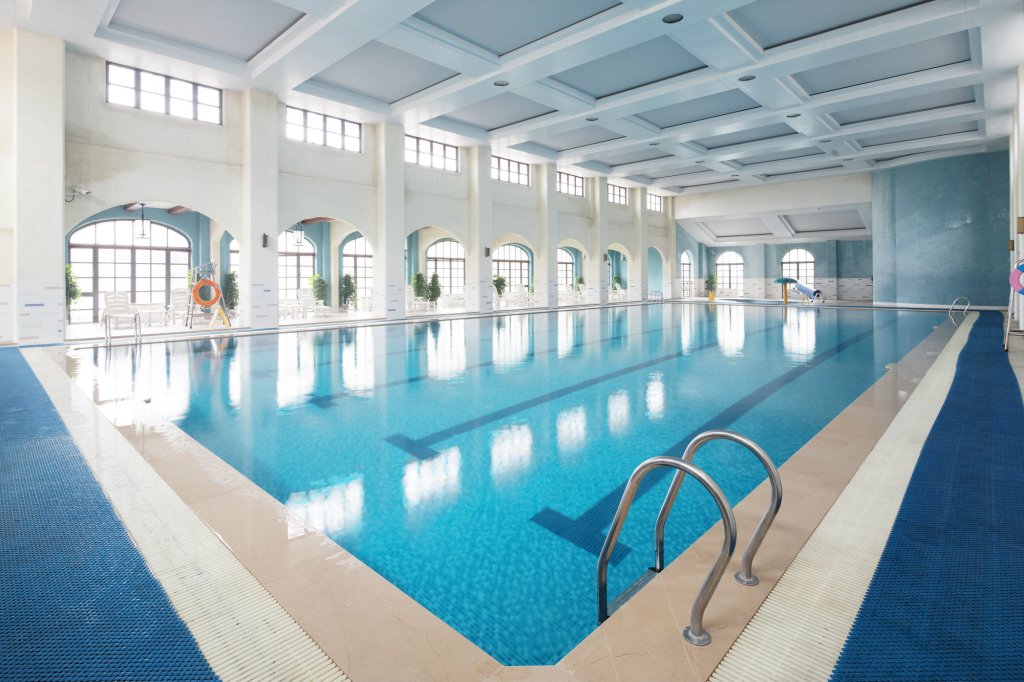After two years of revision work, the Centers for Disease Control and Prevention has released the third edition of the Model Aquatic Health Code. In addition to fine-tuning of issues such as water quality, design and lifeguarding, the 2018 MAHC covers new territory, such as the design and operation of floatation tanks.
The MAHC is a model code, meaning that it only takes effect in states and municipal jurisdictions that adopt it. So far, four states, one Canadian province and three government agencies have adopted the model code in part or full. Currently, 18 states and counties are in the process or considering adoption.
Some lifeguard changes have been instituted. In areas that adopted the 2018 MAHC, aquatics venues that serve alcohol must have lifeguards on duty. Additionally, lifeguards must have personal protective equipment on their persons or rescue tubes. And the new code includes fine-tuning of glare assessment for lifeguard positioning.
Among revisions that relate to water quality, many chemicals used on commercial pools will be required to undergo third-party testing to meet NSF/ANSI Standard 50, NSF/ANSI Standard 60, or have US EPA FIFA registration. This change comes despite the objection of some chemical manufacturers, who believed the change imposes an undue burden and that the products were sufficiently regulated already.
The new edition also includes changes regarding chemical feeders. First, they will require a different parameter for sizing. In place of the dosing requirements seen in previous versions of the MAHC, this equipment should be sized to “meet the demand necessary to maintain the minimum required free available chlorine concentrations specified in MAHC Section 5.7.3.1.1.2 during all times of operation.” This places more responsibility on designers to determine the best equipment upfront, rather than on staff to monitor dosing during operation.
Secondly, the new language requires interlocks on the feeders, to help prevent chemical spilling or flooding incidents.
Allowable calcium hardness levels have become more flexible, with the MAHC now allowing readings up to 2,500 ppm (up from 1,000 ppm).
Among design issues, the new MAHC includes new acoustic criteria meant to reduce noise levels in natatoria.
The 2018 MAHC and additional resources are accessible online.
